How To Sell Your Product Idea To A Company
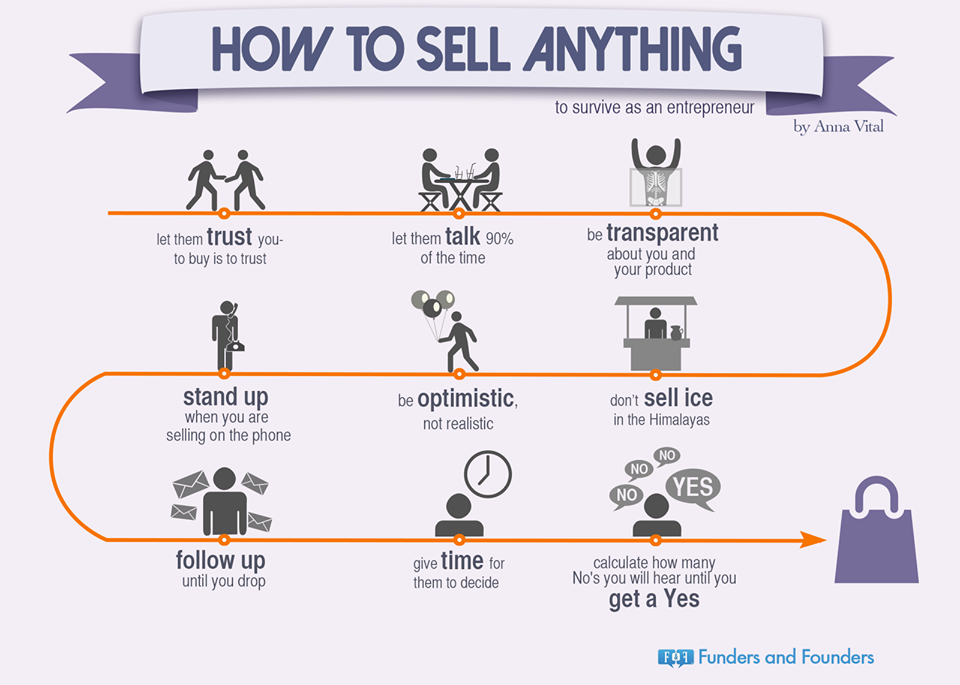
Got a brilliant product idea burning a hole in your pocket? Turning that concept into reality often means pitching it to a company that has the resources and reach you lack. Don't let your innovation gather dust; learn how to present it effectively.
This guide breaks down the essential steps, from protecting your idea to crafting a compelling pitch, so you can confidently approach potential partners and secure a deal.
Protecting Your Idea: Safeguarding Your Innovation
Before you approach any company, protect your intellectual property. Consider a provisional patent application with the United States Patent and Trademark Office (USPTO). This provides a year of "patent pending" status at a relatively low cost.
A Non-Disclosure Agreement (NDA) is crucial. Before sharing details, have the company sign an NDA. This legally binds them to confidentiality regarding your idea.
Consult with an attorney specializing in intellectual property. They can provide tailored advice and help you navigate the legal complexities.
Research and Target the Right Company: Finding Your Ideal Partner
Thorough research is paramount. Identify companies whose product lines align with your invention.
Explore their mission statement, values, and recent innovations. Analyze their market position and identify potential gaps your product could fill.
According to a report by the Innovation Resource Center for Human Resources, companies are more likely to consider ideas that directly address their strategic goals (cite the study if possible).
Crafting a Winning Pitch: Showcasing Your Product's Potential
Your pitch needs to be concise and compelling. Start with a clear problem statement. Then, introduce your product as the solution.
Highlight the unique selling points (USPs) and benefits. Quantify the value proposition – how will your product save them money, increase revenue, or improve market share?
Create a professional presentation. Include visuals, prototypes, and market research data to support your claims. Remember a picture is worth a thousand words!
The Pitch Meeting: Making a Lasting Impression
Be prepared to answer tough questions. Anticipate potential concerns about feasibility, cost, and market demand.
Demonstrate your passion and confidence. Believe in your product! Your enthusiasm will be contagious.
Follow up promptly after the meeting. Send a thank-you note and reiterate the key benefits of your product.
Navigating Negotiations: Securing a Fair Deal
Be prepared to negotiate licensing agreements, royalties, or outright sale of your idea. Understand the market value of your invention. Consider factors like potential revenue, market size, and development costs.
Seek professional advice from a licensing expert or attorney. They can help you navigate the complexities of contract negotiations.
Always have a written agreement in place before transferring any rights to your idea. This protects your interests and ensures you are fairly compensated.
Real-World Examples: Lessons from Successful Inventors
Study successful product pitches. Look for examples of inventors who have licensed their ideas to established companies.
Understand their strategies and approaches. Learn from their successes and failures.
Many inventors like *Sarah Blakely*, founder of Spanx, highlight the importance of persistence and self-belief when approaching companies (reference her interviews or articles if possible).
Next Steps: Turning Your Idea into a Reality
Continue refining your pitch and building relationships with potential partners.
Consider attending industry trade shows and conferences. These events provide opportunities to network with company representatives and showcase your product.
Don't give up! Rejection is part of the process. Learn from each experience and keep pushing forward.

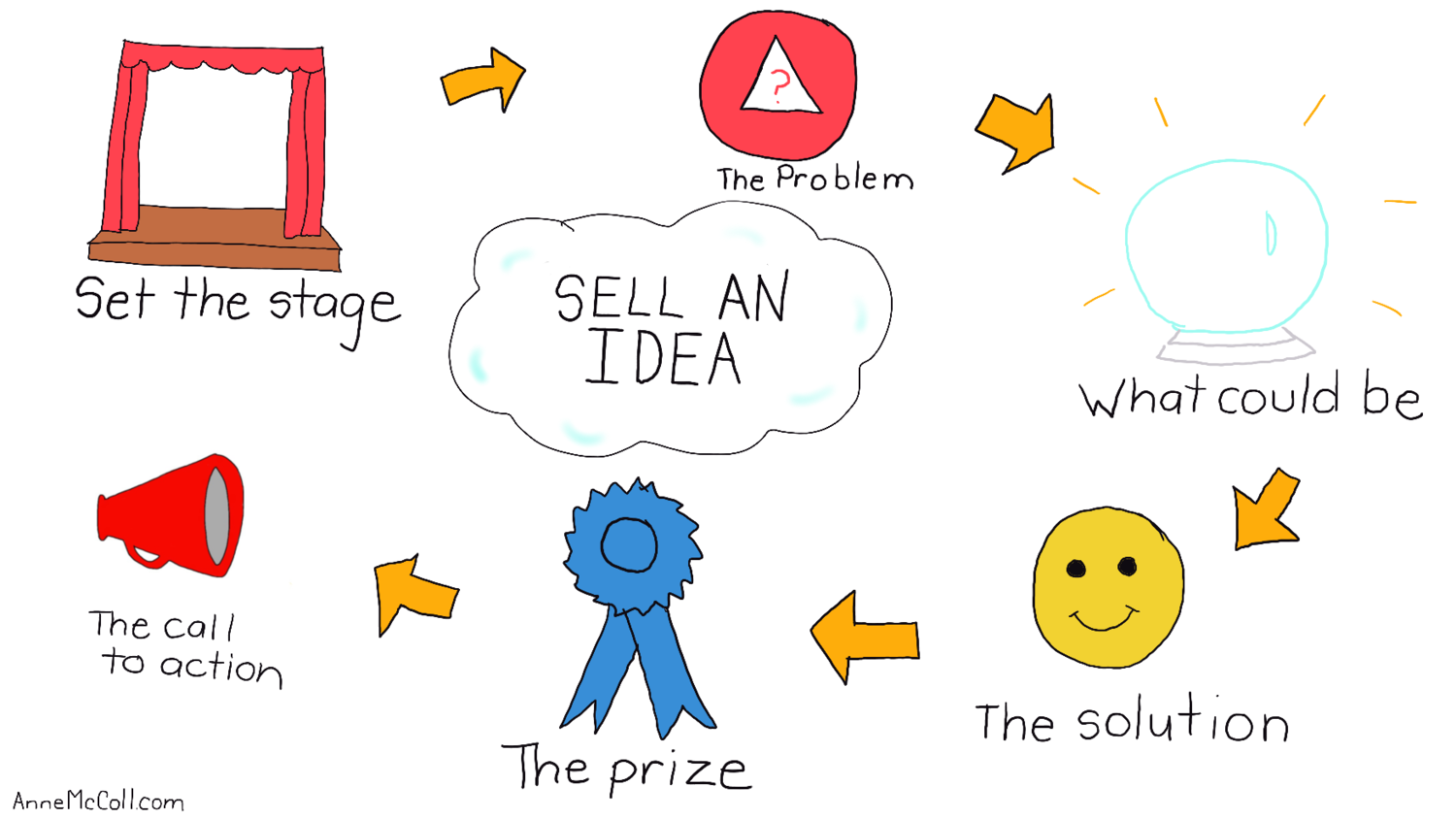










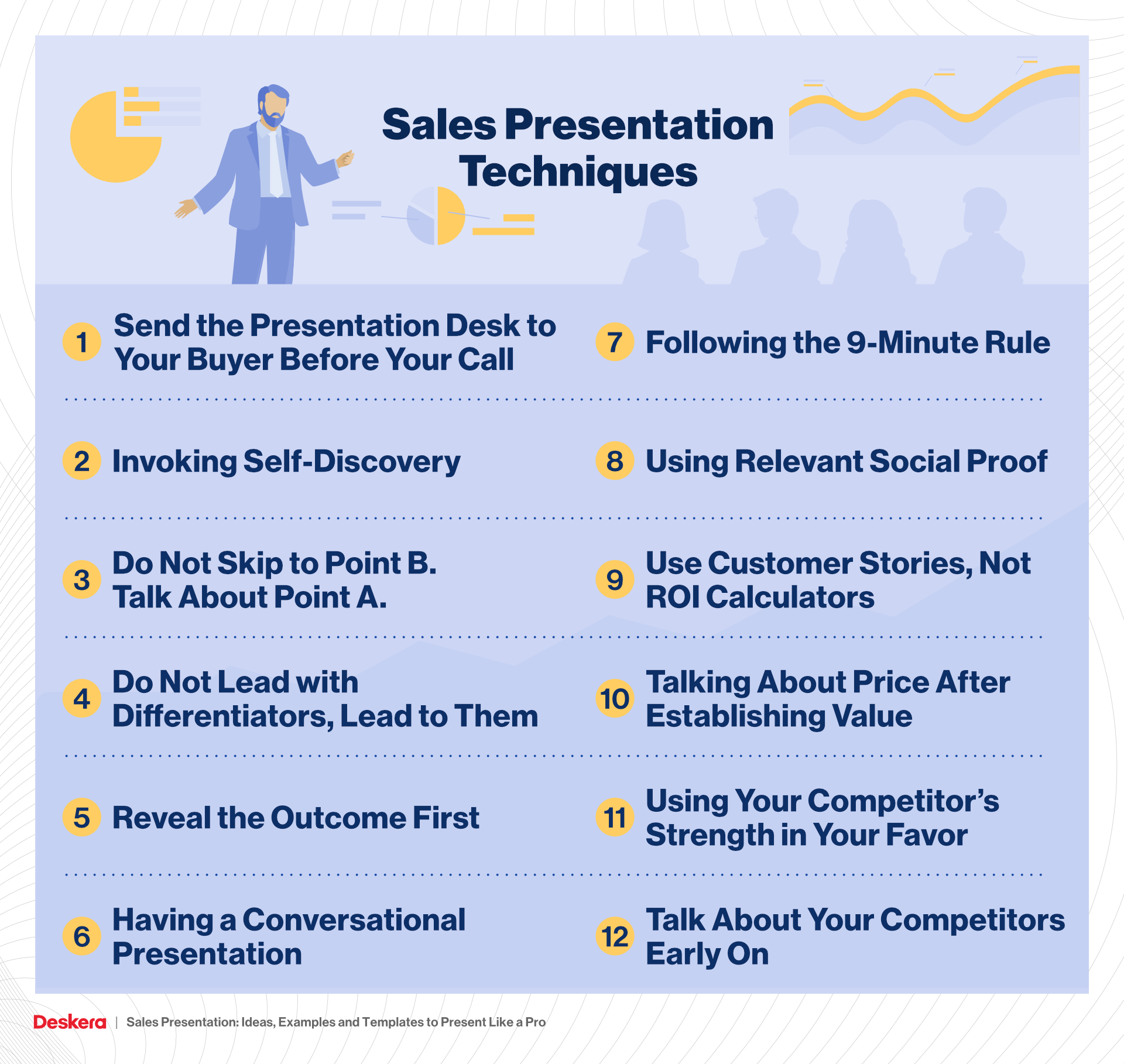
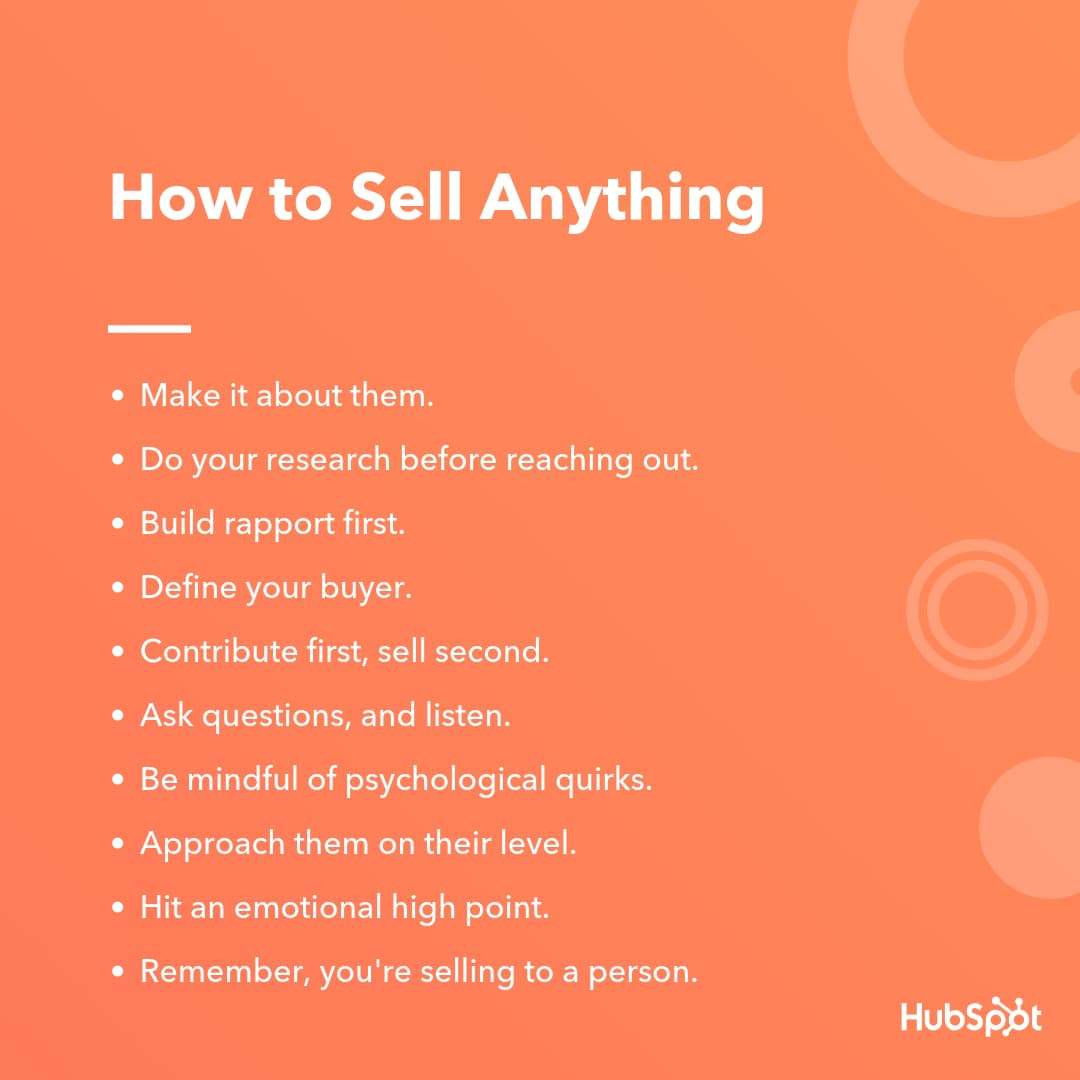

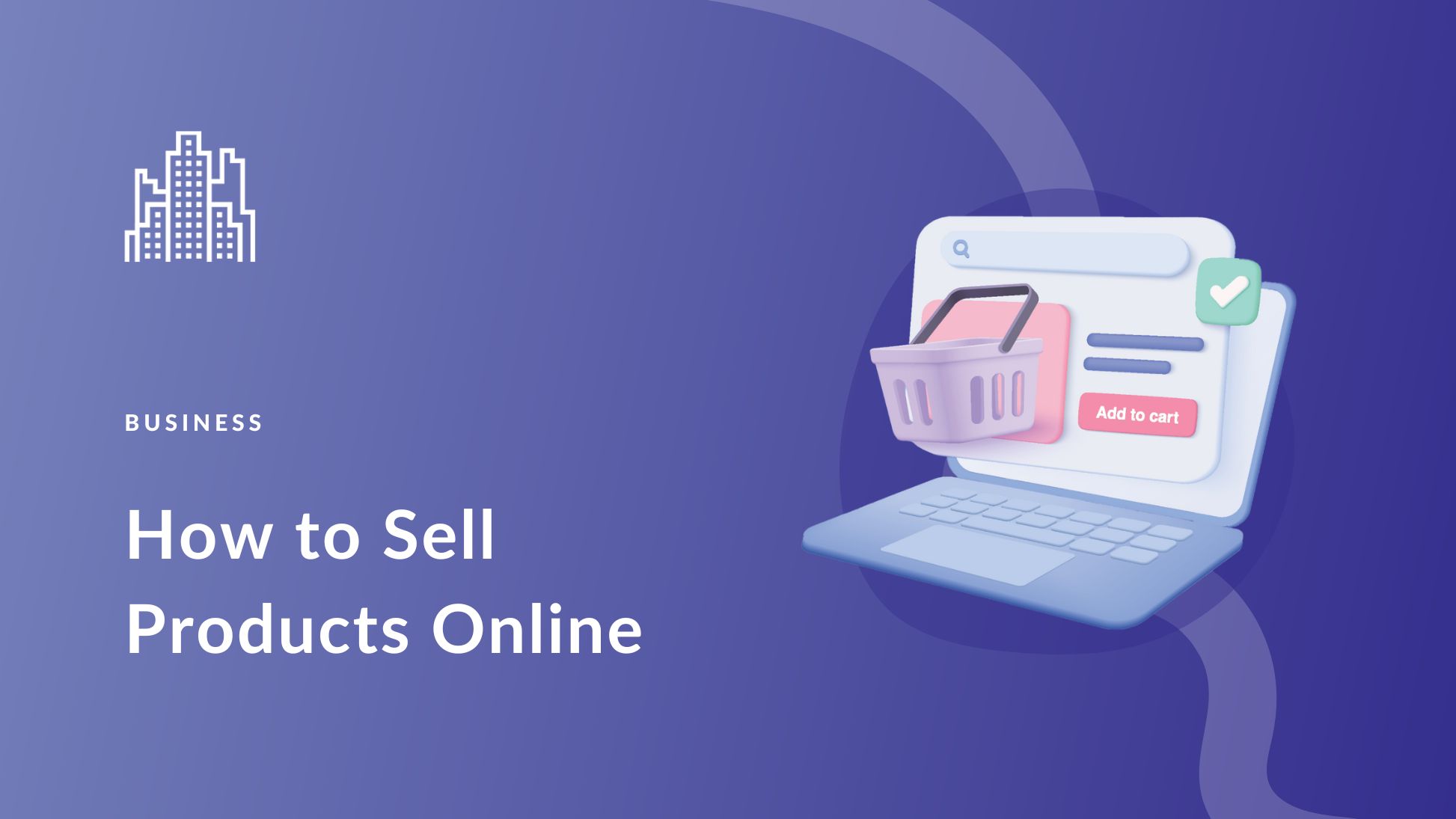

.png)
